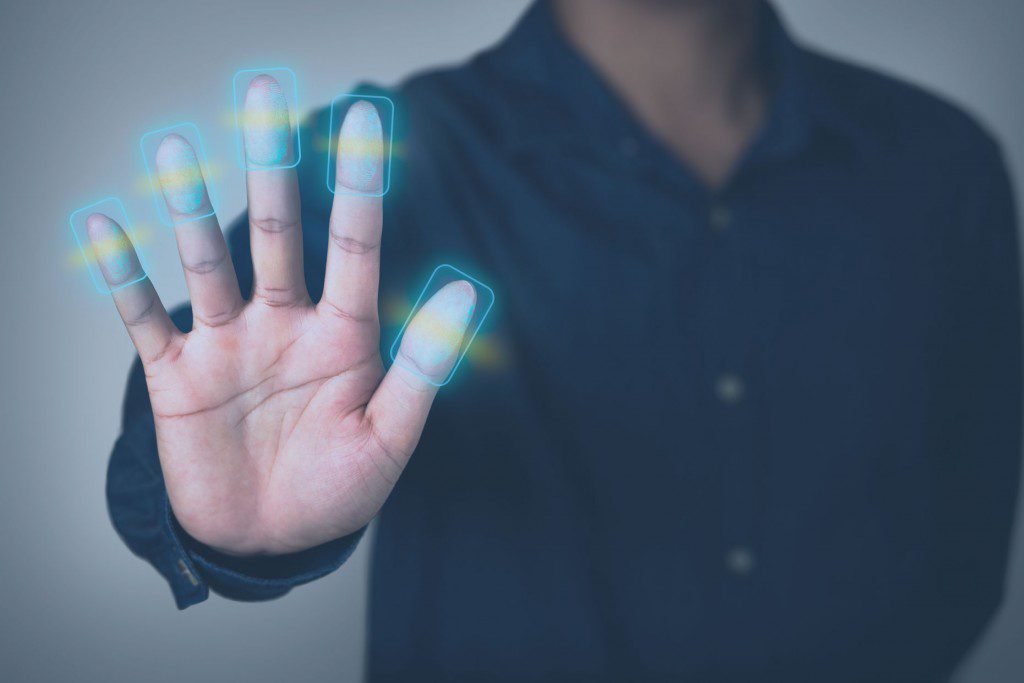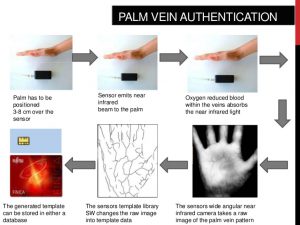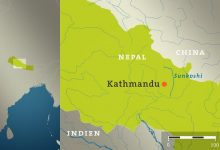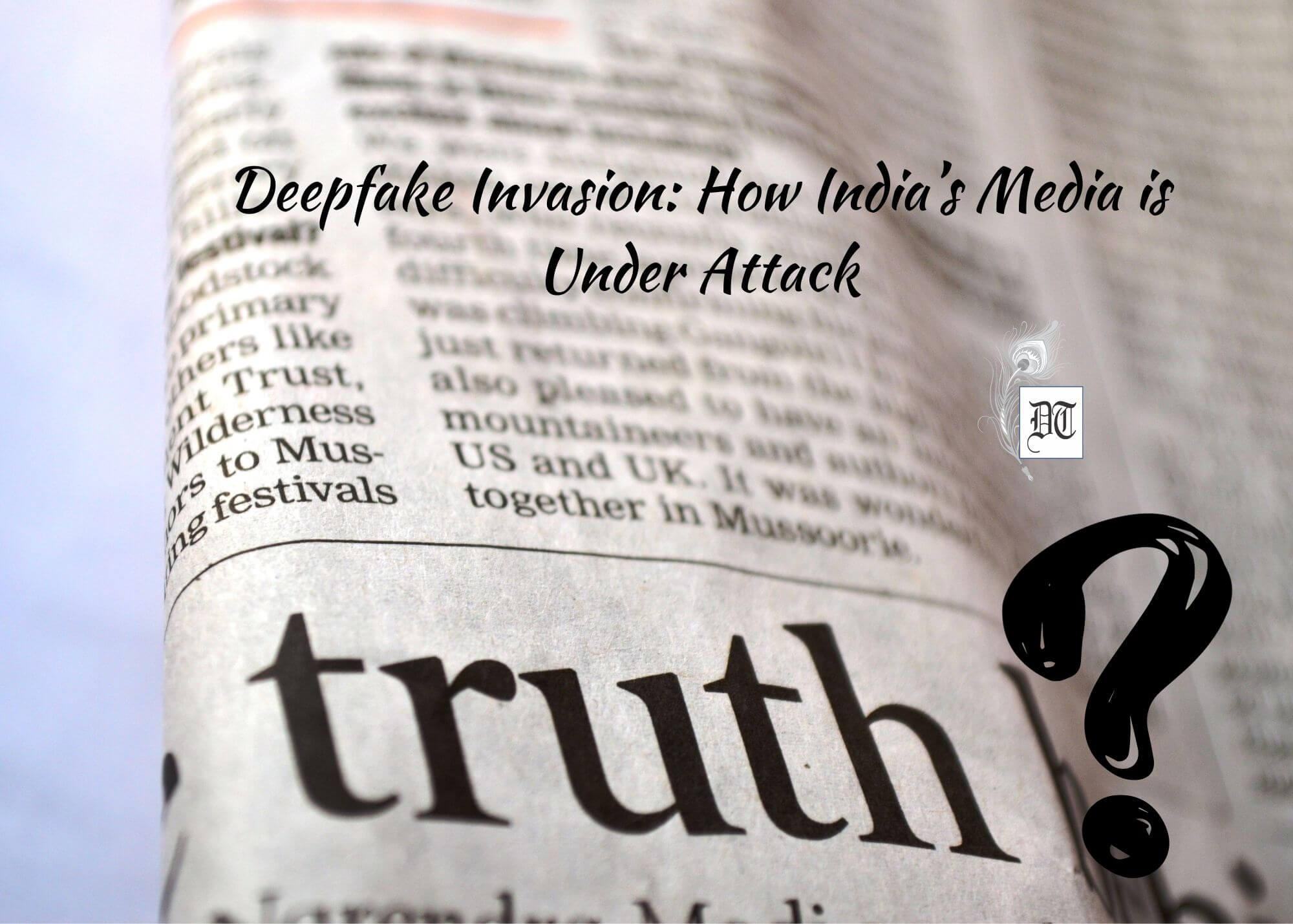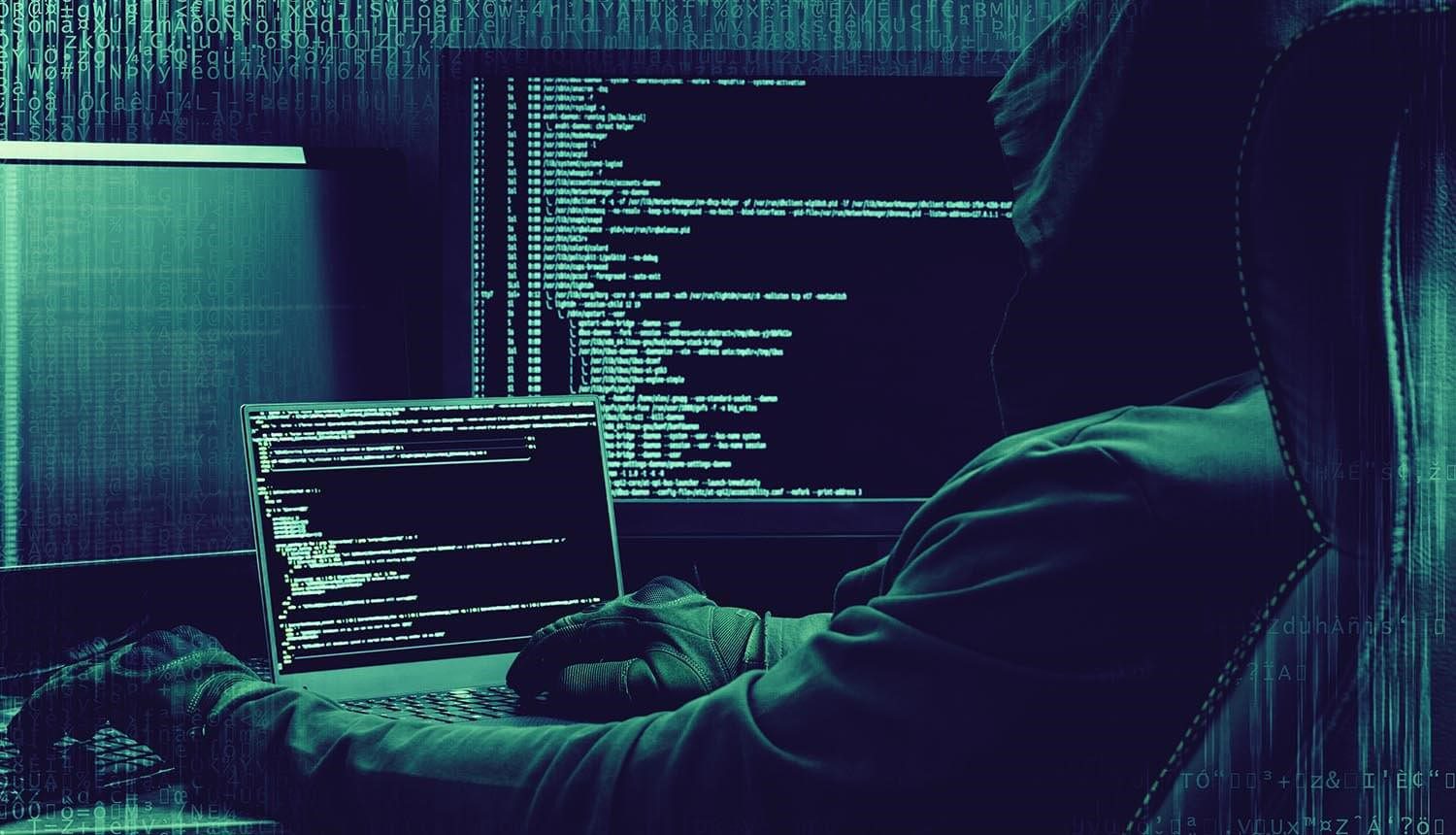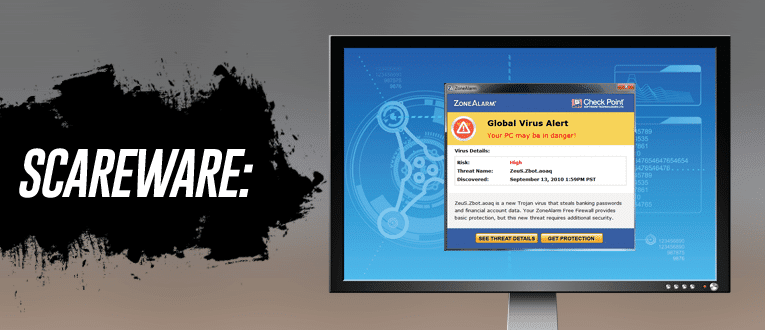A new identification technology based on palm vein recognition has been developed by a former army officer. Mahima finds out more about this innovative approach, in the weekly column, exclusively for Different Truths.
A Dynamic Identification System (DID) has been developed by Col (Retd.) Sanjeev Kaul, who is a retired army officer and security technologist. Named as ‘Chanakya Chakra’, the DID aims to not only improvise the existing technology devised by the UIDAI for Aadhar but also curb fake identity.
How will it do so?
‘Chanakya Chakra’ is inspired by the ‘Palm Vein Recognition Authentication Technology’ developed by Fujitsu, Japan in 2008. In ‘Direct Server Authentication and Verification’ mode, this innovative system of identification works based an individual’s pattern of veins established before birth. The world first ‘contactless vein authentication’ technology developed by Fujitsu offers even more security.
Col. Kaul details, “As no two individuals in the world share a palm vein pattern, even the identical twins differ, and the use of this technology to create an interface is the most credible method of securing an individual’s identity. It is unlike other static identifications like UID and has a different dynamism in its system, that is most needed at the national level now with all round development and growth. The implementation of the same would take nearly two to three years in a country like India.”
But ironically, this system that was introduced in India in 2008 still hasn’t been utilised to its full capacity, except for marking attendance in a limited mode.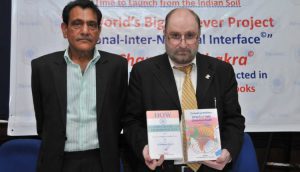
Col Kaul explains the urgent need of ‘Chanakya Chakra’ as, “There is a need to introduce such a project which cannot be challenged. ‘Chanakya Chakra’, with a technology fully suitable for the same, is a sure way to secure the identity of nations. The sooner it is implemented, the better it would be for our nation as well as the world as a whole.’
But is the government that is hell-bent upon linking every nook and corner of the country to Aadhar, even listening to Col. Kaul’s call?
Thus, Col Kaul wants to ensure that the process does not get lost with time and also is easily understood with the deepest clarity. Thus, he has documented all the necessary detailed study of the mega project in a written trilogy.
Two of these books have already been released under the titles, Creative Politics, Creative India, Creative Youth in a Global Perspective andHow to Make India Secure Again Technologically. The third book is yet to be released.
©Mahima Sharma
Photos sourced from the author
#FlameOnIce #DID #ChanakyaChakra #DynamicIdentificationSystem #PalmVeinRecognition #PalmVeinIdentification #FakeIdentity #Security #Technology #UniqueIdentity #Aadhar #DifferentTruths

